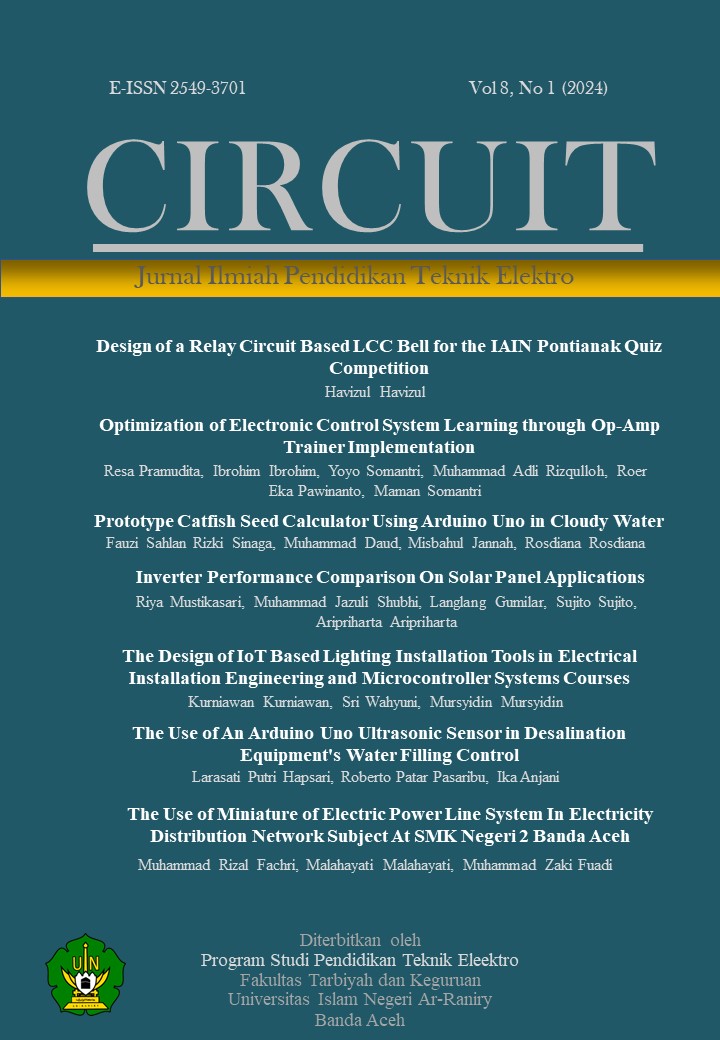Sympathetic Trip Analysis in Distribution System of PLTU and PLTA Nagan Raya
DOI:
https://doi.org/10.22373/crc.v8i1.19791Keywords:
Sympathetic Trip, Directional Relay, Over Current, Ground FaultAbstract
At the PT unit, PLN (Persero), there is an issue with the 20 kV electric power distribution system, such as feeder disruption. As a result, many felt sorry for the feeders of PLTA Krueng Isep and PLTU Nagan Raya, whose consumers were without power for extended periods of time. Of course, it can impact how well a business performs, particularly in terms of service and electrical revenue. In order to examine the causes of Sympathetic, study is required. In order to conduct the research, data on disturbances are gathered, tests are run, simulation results are analyzed using the ETAP application, non-directional relays are swapped out for directional relays, protection coordination is reset, and evaluation is done. The findings of this study have the potential to improve performance at PT. PLN (Persero) and decrease or even completely eradicate the incidence of sympathy in the 20 kV distribution network.
Downloads
Published
Issue
Section
License
Authors who publish in CIRCUIT: Jurnal Ilmiah Pendidikan Teknik Elektro agree to the following terms:
- Authors retain copyright and grant the journal right of first publication with the work licensed under a Creative Commons Attribution-ShareAlike 4.0 International License (CC BY-SA 4.0) that allows others to share and adapt the work with an acknowledgement of the authorship and initial publication in this journal
- Authors are able to enter into separate, additional contractual arrangements for the non-exclusive distribution of the journal's published version of the work (e.g., post it to an institutional repository or publish it in a book), with an acknowledgment of its initial publication in this journal.
- Authors are permitted and encouraged to post their work online (e.g., in institutional repositories or on their website) prior to and during the submission process, as it can lead to productive exchanges, as well as earlier and greater citation of published work. (See The Effect of Open Acces)

